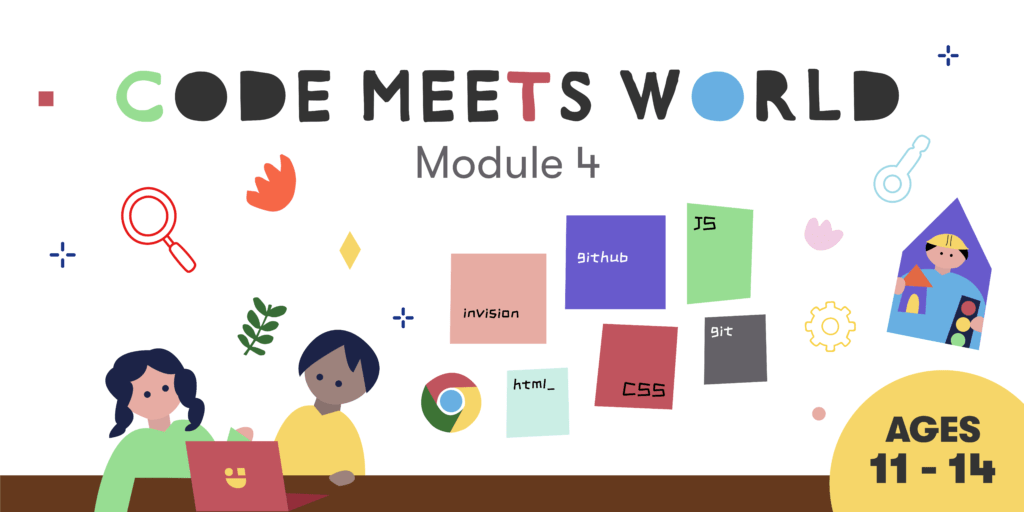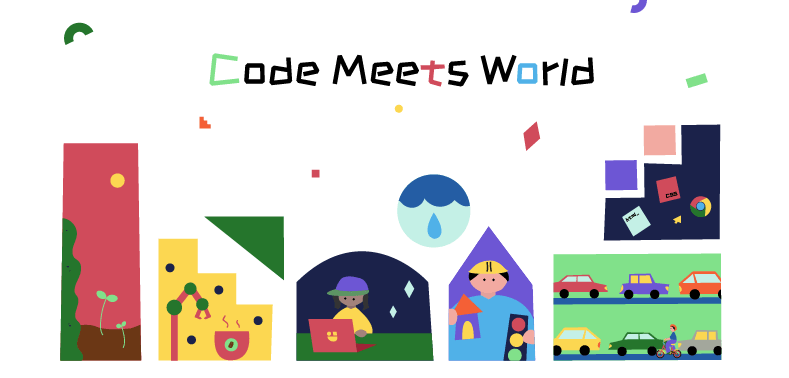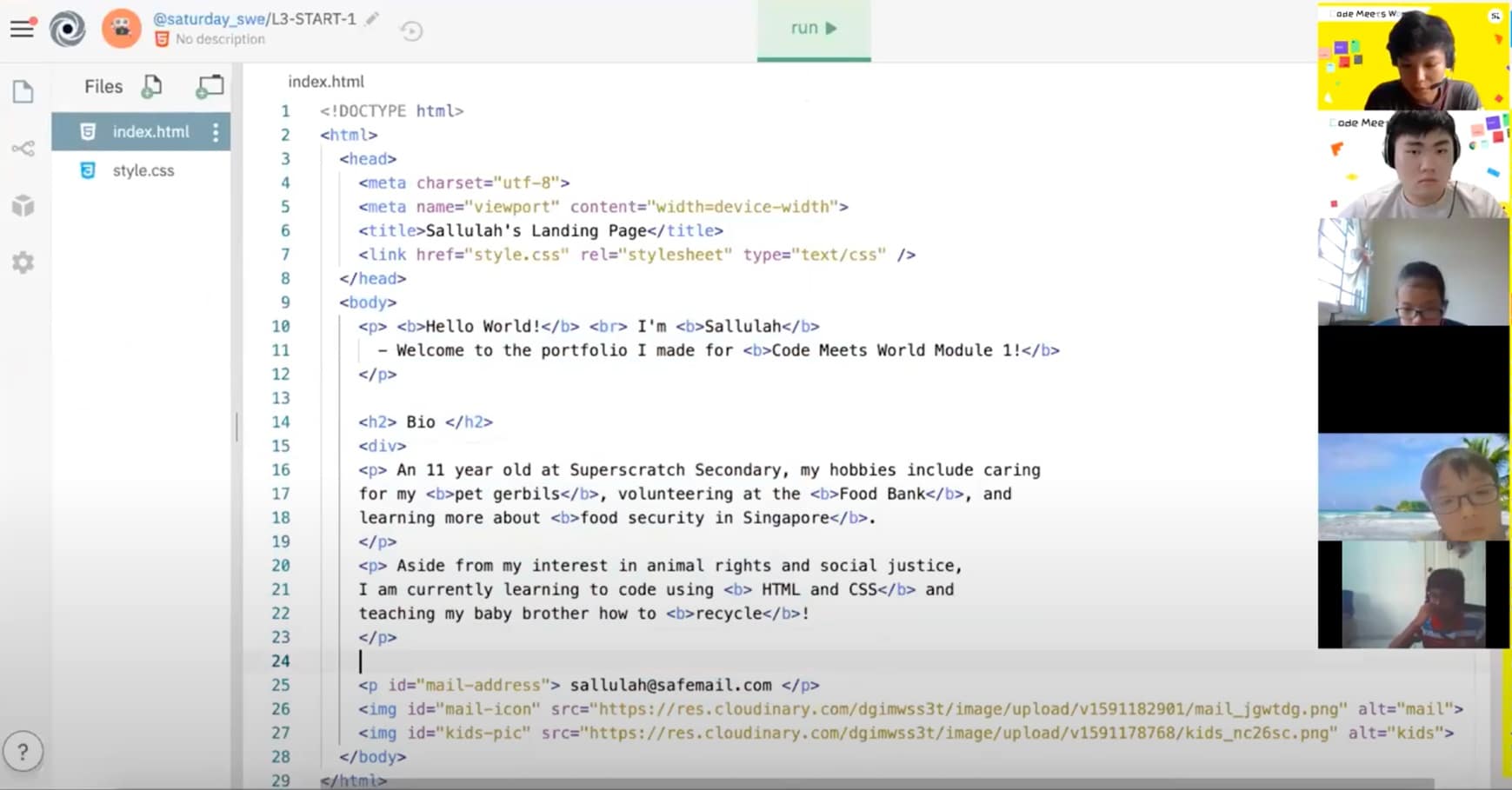In this final module of Code Meets World, we wrap up our epic interdisciplinary coding adventure by connecting the dots between knowledge, application, and real-world implications.
KEEPIN’ IT SHORT & SNAPPY
- A follow on course to Code Meets World 3
- Build an online journal that ties together all you’ve learned and created, and situates it in a broader context
- As we discover how code can be used to make a real difference to global problems, reflect on and communicate the value and implications of our work and learning in an increasingly digital and unpredictable world order
- The final module concluding our journey of applying web-based technology to create tangible projects that make an impact
Congrats on makin’ it to the final module of Code Meets World! It’s been an epic journey, and to do its conclusion justice, we’ll wrap it up by synthesising all we’ve learned about technology and its myriad real-world applications. Looking back at our adventure at the intersection of code and the real world, we’ll reflect on our experience so far to chart the way forward as creators and change-makers with technology in a VUCA (volatile, uncertain, chaotic and ambiguous) world.
Building an online journal, we’ll integrate what we’ve learned about computational thinking with design and integrated development environment tools. And through structured reflection and interdisciplinary exercises, we’ll situate our learnings and work within a larger context.
As part of this process, we’ll review and communicate the key computational thinking concepts we’ve learned and applied and explore the real-world applications and implications of the projects we’ve made as part of this programme. In doing so, we’ll put this into practise by pitching and presenting our portfolio of work through the lens and language of User Interface, User Experience, purpose and relevance.
Looking forward, as we locate our work and learning journey within the world, we’ll examine how tech companies employ design to encourage certain behaviours – like moderate addiction – to fulfil commercial objectives. Complementarily, we’ll learn about relevant topics pertinent to our increasingly digital landscape – like digital minimalism, atomic habits, and more.
No lectures. No memorisation. No ONE right answer. Like real life, we're all about trying things out yourself, failing, figuring what went wrong & trying again. These are the skills & mindset that will last a lifetime and how we learn in real life. Let's get kids to learn how to learn. Because the kids who learn to learn become curious, inventive, resourceful human beings who solve real world problems to make a meaningful impact.


